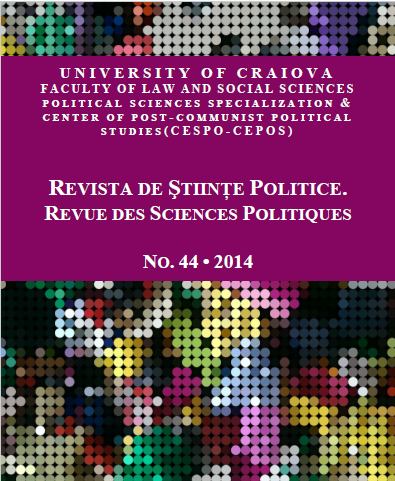Constitution of Romania and the Functional Balance of Semi-Presidentialism
Constitution of Romania and the Functional Balance of Semi-Presidentialism
Author(s): Gabriela TănăsescuSubject(s): Constitutional Law, Government/Political systems
Published by: Editura Universitaria Craiova
Keywords: semi-presidentialism; “weak” semi-presidentialism; “strong” semipresidentialism; presidentialization;
Summary/Abstract: Starting from the finding that the functionality and the performance of semi-presidentialism is strongly influenced by non-institutional factors, the paper aims to examine the extent to which the aetiology of the current dysfunctions of Romania’s semipresidential system is constitutional and, therefore, to circumscribe the type of constitutional changes able to reduce the risk of intra-executive institutional conflict and autocratic political behaviour. At the same time, the paper seeks to highlight the extent to which this type of constitutional revision modifies the nature of Romania’s current semipresidentialism, inasmuch as the sense asked to amend the Constitution since 2005 was the consolidation and strengthening of presidential powers in order to gain some “levers” through which the President to solve the “situations” of “constitutional crisis”. This sense of constitutional change is questioned given that, on the one hand, the current constitutional design has not prevented in the last two terms the President’s interference in the constitutional powers of the Government, the manifestation of his belonging to the party that held the majority in parliament and, thereby, the non-assuming of the constitutional role of fair mediator in state and society. On the other hand, this sense of the amendment the Constitution is questioned inasmuch as the post-revolutionary option for a balanced semi-presidentialism, a “weak”, attenuated” or “parliamentary” semipresidentialism, with a not “very strong” “presidential centre” – given that the country just has separated from the toughest oppressive system in Eastern Europe – was motivated precisely by the need to constitutionally underlie the democratic functioning of the Romanian state and society through a distribution of power capable to eliminate the risk of authoritarian derives and autocratic presidential behaviour.
Journal: Revista de Științe Politice. Revue des Sciences Politiques
- Issue Year: 2014
- Issue No: 44
- Page Range: 51-61
- Page Count: 11
- Language: English

